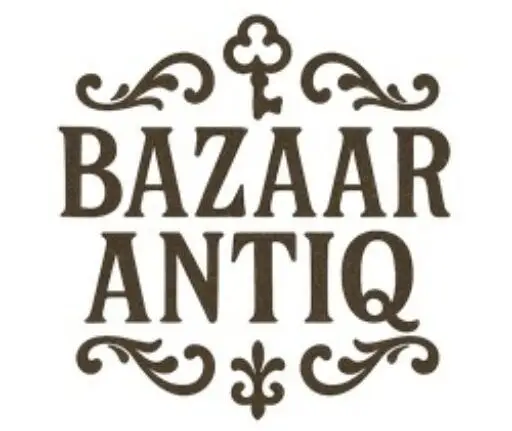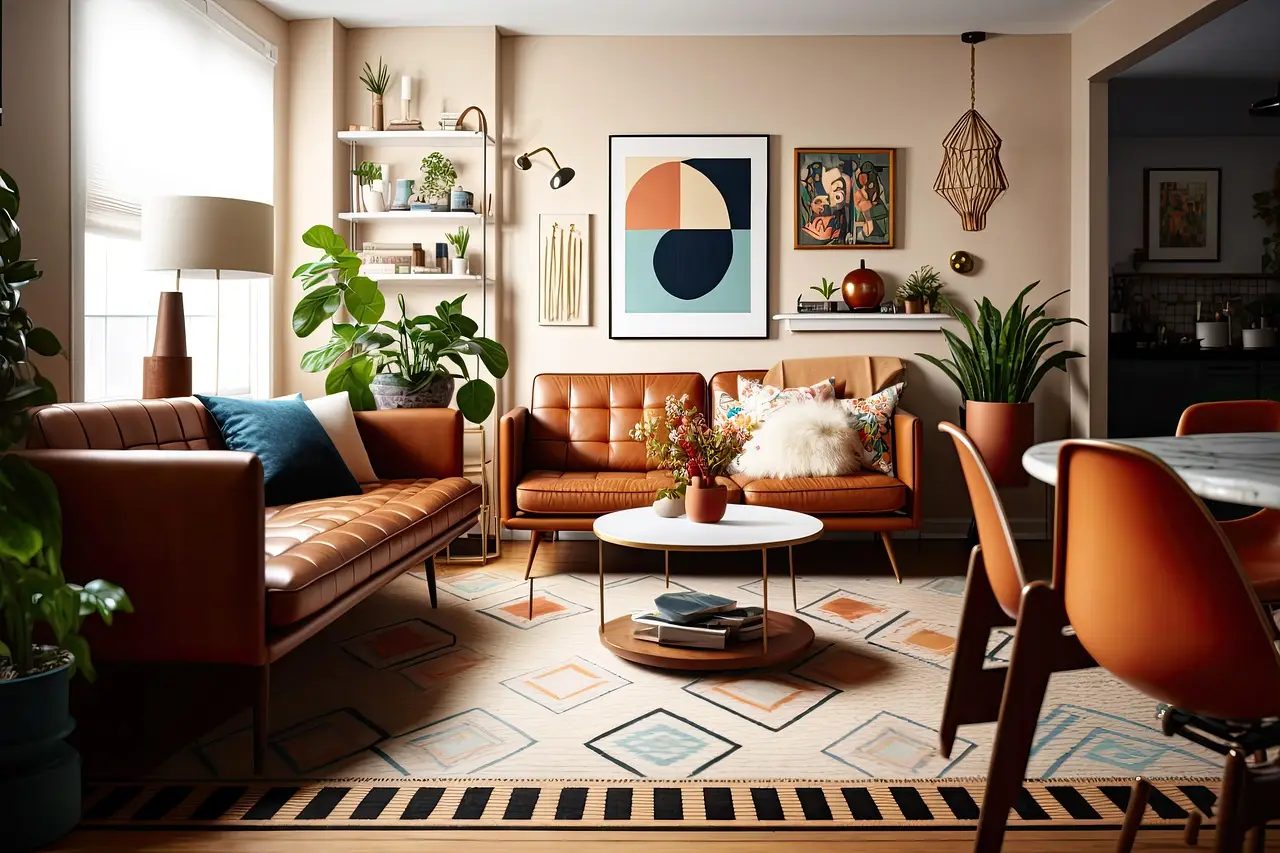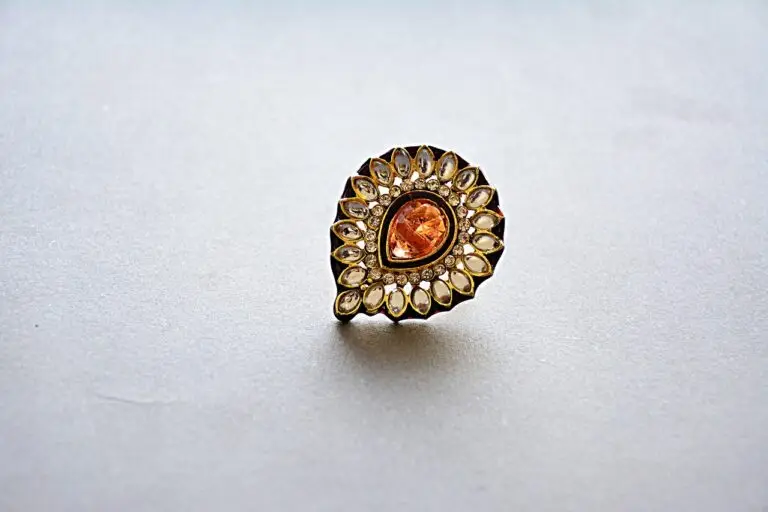Top 10 Tips for Collecting Mid-Century Furniture
Introduction
Mid-century modern furniture (1940s–1960s) is a collector’s dream, blending sleek design with timeless functionality. From Eames chairs to Danish teak sideboards, these pieces are hot on Bazaarantiq.com and beyond. But collecting requires savvy to avoid fakes and overpaying. This guide shares 10 expert tips to build a stunning mid-century collection, whether you’re a novice or a seasoned enthusiast.
1. Know the Mid-Century Aesthetic
Mid-century furniture is defined by clean lines, organic shapes, and functional beauty. Think Eames’ molded plywood or Wegner’s minimalist teak chairs. Familiarize yourself with iconic designers (e.g., Charles and Ray Eames, Hans Wegner) and manufacturers (e.g., Herman Miller, Knoll).
Tip: Study books like Mid-Century Modern Furniture by Dominic Bradbury or browse Bazaarantiq.com’s mid-century category for inspiration.
2. Verify Authenticity
Fakes and reproductions flood the market. Authentic pieces often have labels, stamps, or serial numbers from manufacturers like Vitra or Fritz Hansen.
- Check Marks: Look for labels under chair seats or inside drawers. For example, an Eames Lounge Chair should have a Herman Miller stamp.
- Red Flags: Overly pristine pieces or modern screws suggest reproductions. Compare with vintage photos in online archives.
3. Prioritize Condition
Mid-century furniture is 60–80 years old, so expect some wear. Minor scratches or patina add character, but structural damage (e.g., wobbly legs) reduces value.
- Inspection: Test chairs for stability and drawers for smooth operation. Request detailed photos from Bazaarantiq.com sellers.
- Restoration: Light refinishing is acceptable, but over-restored pieces lose authenticity. Ask about repair history.
4. Focus on Iconic Designers
Pieces by renowned designers command higher value and prestige. Favorites include:
- Charles and Ray Eames: Known for the Eames Lounge Chair and DCW (Dining Chair Wood).
- Arne Jacobsen: Famous for the Egg and Swan chairs.
- George Nelson: Iconic for the Marshmallow Sofa and Ball Clock.
Pro Tip: Search Bazaarantiq.com for verified designer pieces and cross-check with auction records.
5. Understand Materials
Mid-century furniture often uses teak, walnut, rosewood, or plywood, paired with materials like leather or wool upholstery.
- Teak and Walnut: Prized for durability and rich grain. Check for natural wood grain vs. veneer.
- Upholstery: Original fabric (e.g., Knoll’s wool blends) adds value. Reupholstered pieces are fine if done professionally.
6. Research Market Value
Prices vary widely. An Eames Lounge Chair might fetch $3,000–$7,000, while a no-name teak sideboard could be $500. Use auction sites like Sotheby’s or eBay’s sold listings to gauge value.
Tip: On Bazaarantiq.com, compare similar items and factor in condition and provenance.
7. Mix and Match Thoughtfully
Mid-century furniture shines in eclectic settings. Pair a Wegner dining table with modern chairs or a Nelson bench with a vintage rug. Avoid overcrowding with too many statement pieces.
Design Idea: Use a teak credenza as a media console with minimalist decor for a balanced look.
8. Check Provenance
Provenance—documented history—adds value. A chair from a notable mid-century home or designer’s estate is more collectible.
- Ask Sellers: Request provenance details, like auction records or original purchase receipts.
- Certificates: Some Bazaarantiq.com listings include authenticity certificates—verify these with experts.
9. Avoid Overpaying
The mid-century craze has inflated prices. Compare prices across platforms and negotiate politely. Be wary of “vintage-inspired” pieces sold as originals.
Tip: Set a budget and prioritize iconic pieces over trendy reproductions.
10. Care for Your Collection
Preserve your furniture’s value with proper care:
- Cleaning: Use mild soap and water for wood; avoid harsh chemicals. For upholstery, vacuum gently or hire professionals.
- Storage: Keep pieces away from direct sunlight or humidity to prevent warping or fading.
- Maintenance: Tighten loose screws annually and reapply wood polish sparingly.
Conclusion
Collecting mid-century furniture is a rewarding journey, blending art, history, and design. By following these 10 tips, you can build a collection that’s both beautiful and valuable. Explore Bazaarantiq.com for authentic pieces and start curating your mid-century masterpiece today.
Found a gem shop on Bazaarantiq.com? Share your mid-century finds in the comments or ask for tips on spotting authentic pieces!







